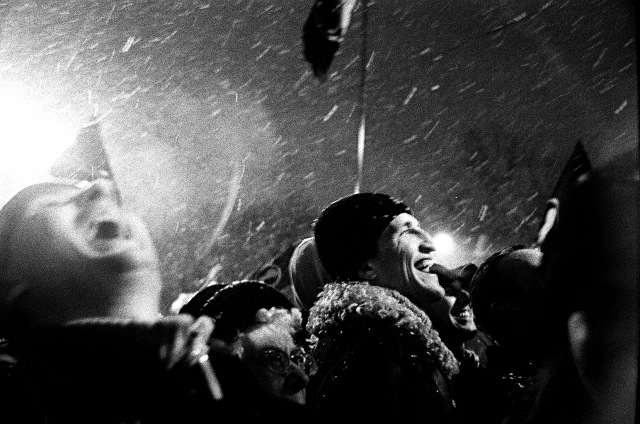3js
Established
Ok folks, how you do it? I´ve been able to get very good results to 1600, but after that, everything falls apart. My main concern is grain. My main goal would be 6400, but is it even possible?

Pablito said:try TMZ in TMax developer. Far better shadow detail than pushing TX
vincentbenoit said:Delta 3200, developed in Xtol 1+1.
Vincent
3js said:As light levels here in the northern europe are getting really low, I´m getting more desperate. Even the wicked thougt of using flash has entered in to my nightmares... 😱
bsdunek said:True, when pushing to excessive ISO's, shadow detail is lost. However! What do your eyes see? Shadow detail is lost just by the low lighting, so what the film records is more or less accurate. IMHO
Dr. Strangelove said:There's nothing wrong with using a flash, if you do it correctly... Direct flash is strictly last resort, but bounced flash will produce quite nice results. You can also use a wireless slave flash. They are not very expensive and there are many models that are light enough to be used on the field. With a slave flash to soften the shadows even direct flash can produce acceptable results.
I also live in Northern Europe and taking pictures of anything that moves in the midwinter is a real challenge without a flash. .
For the TX @ 1600, I used Rodinal 1:50, 28 minutes @ 20C, 30 sec initial agitation, then 3 gentle inversions every three minutes thereafter.3js said:3js: What have you been using. Merciful (Andrew Murphy) has gone all the way to 12500 w/ TX in Rodinal, but I've never been able to duplicate that. So far I've gotten good results w/ TX @ 1600; grain is quite acceptable, IMO. I'm planning to try one more stop push and see what happens.
That looks quite good for a trix @ 1600, may I ask your methods? I´have tried to push trix too, but have to stop to 800. Fuji 1600 with rodinal barely goes to 1600, grain is nice but the shadow details are totally gone.
So I have the 1600 asa, but what there is after that?
Sure, just search "delta3200" on my Flickr galleries (http://www.flickr.com/photos/sometimesomewhere/).3js said:And thanks for the tip, any pictures?


